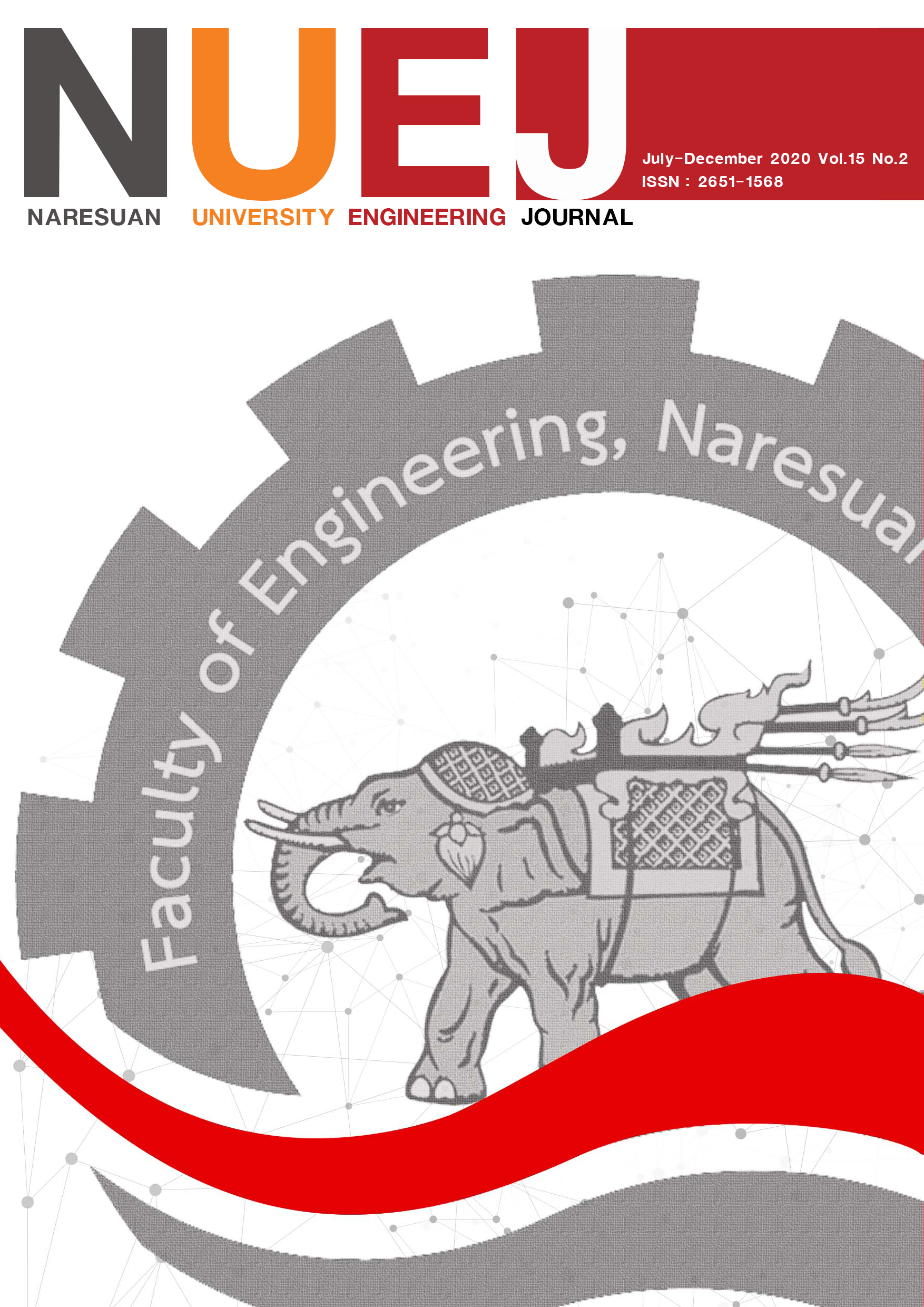Temporary Shelter-Site Selection During PM 2.5 Air Pollution Disaster Via Analytic Hierarchy Process: A Case Study of Chiang Mai University
Main Article Content
Abstract
This research aims to present the temporary shelter-site selection during fine-particulate matter with a diameter of 2.5 microns (PM 2.5) air pollution disaster via the Analytic Hierarchy Process (AHP) for Chiang Mai University case study. Firstly, the main criteria and sub-criteria for the evaluation of alternatives were set by interviewing the experts who have experiences about PM 2.5 shelter construction. Then, a suitable area for temporary shelter-sites was
identified by distributing the 617 questionnaires in order to seek a suitable area based on the demand for services. After the survey of the suitable area, the three-temporary shelter-site candidates were sought based on the consideration of the criteria from the interview of the experts, and the preliminary data of three candidates were collected. Next, the AHP was applied for selecting the temporary shelter-site. Finally, the results were analyzed and the primary guideline of the temporary shelter which obtained the highest score was proposed for constructing the temporary shelter. The results of this research found that the main criteria consist of room function, cost, accessibility, room character, and public utility, respectively. The most suitable temporary shelter-site based on three candidates was the room on the 4th floor at CMU's main library. Owing to the application of AHP, we found that this technique can help the decision-makers to select the suitable temporary shelter under the specified criteria and this research method can apply to other cases for the location selection.
Article Details
References
Awasthi, A., Chauhan, S. S., & Goyal, S. K. (2011). A multi-criteria decision-making approach for location planning for urban distribution centers under uncertainty. Mathematical and Computer Modelling, 53(1-2), 98-109.
Boonmee, C., Arimura, M., & Asada, T. (2017). Facility location optimization model for emergency humanitarian logistics. International Journal of Disaster Risk Reduction, 24, 485-498.
Boonmee, C., Ikutomi, N., Asada, T., & Arimura, M. (2017). An integrated multi-model optimization and fuzzy AHP for shelter site selection and evacuation planning. Journal of Japan Society of Civil Engineers, Ser. D3 (Infrastructure Planning and Management), 73(5), 225-240.
Chang, P. Y., & Lin, H. Y. (2015). Manufacturing plant location selection in logistics network using Analytic Hierarchy Process. Journal of Industrial Engineering and Management (JIEM), 8(5), 1547-1575.
Chatterjee, D., & Mukherjee, B. (2013). Potential hospital location selection using AHP: a study in rural India. International Journal of Computer Applications, 71(17).
Deng, X., Hu, Y., Deng, Y., & Mahadevan, S. (2014). Supplier selection using AHP methodology extended by D numbers. Expert Systems with Applications, 41(1), 156-167.
IQAir. (2020, May 24). Chiang Mai air quality and weather daily forecast. https://www.iqair.com/thailand/chiang-mai
Kim, S., Kim, S., & Kiniry, J. R. (2018). Two-phase simulation-based location-allocation optimization of biomass storage distribution. Simulation Modelling Practice and Theory, 86, 155-168.
Singh, A., & Masuku, M. (2014). Sampling Techniques & Determination of Sample Size in Applied Statistics Research: an Overview International Journal of Commerce and Management, 2(11), 1-22.
Turner, R. C., & Carlson, L. (2003). Indexes of item-objective congruence for multidimensional items. International journal of testing, 3(2), 163-171.
Vieira, J. G. V., Toso, M. R., da Silva, J. E. A. R., & Ribeiro, P. C. C. (2017). An AHP-based framework for logistics operations in distribution centres. International Journal of Production Economics, 187, 246-259.
Wiwatanadate, P. (2019, May 24). The Effect of PM 2.5. http://healthydee.moph.go.th


